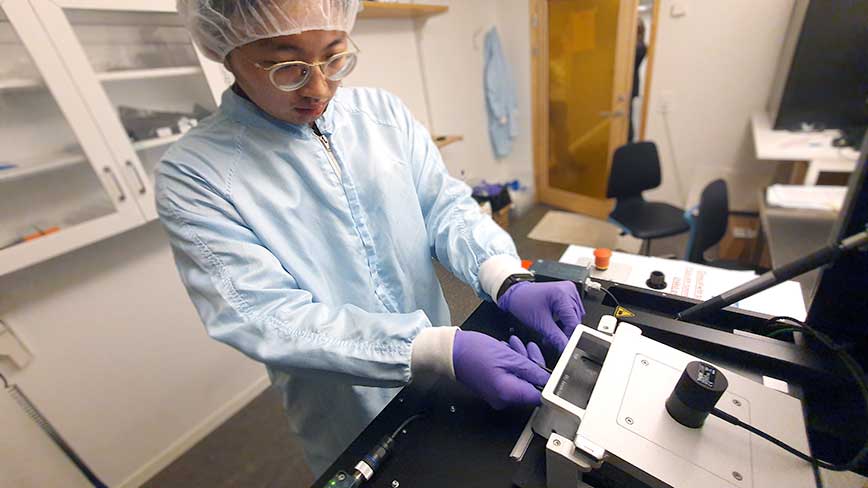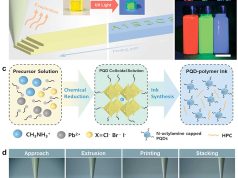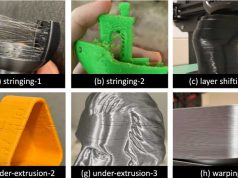A research team from the Royal Institute of Technology (KTH) and Stockholm University has reported a simple method for producing electrochemical transistors using a standard Nanoscribe 3D microprinter.
Using a standard Nanoscribe 3D microprinter, the researchers have succeeded in producing electrochemical transistors in a simple way, without the need for cleanroom environments, solvents or chemicals. Anna Herland, Professor of Micro- and Nanosystems at KTH, emphasizes that printing these polymers is a crucial step in prototyping new types of electrochemical transistors for medical implants, wearable electronics and biosensors.
Anna Herland, professor in Micro- and Nanosystems at KTH, says the printing of these polymers is a key step in prototyping new kinds of electrochemical transistors for medical implants, wearable electronics and biosensors.
Erica Zeglio, co-author of the study and researcher at Digital Futures, a research center jointly run by KTH, Stockholm University and RISE, highlights that the technique could replace time-consuming processes that require expensive cleanroom environments, while avoiding environmentally harmful solvents and developer baths.
“Current methods rely on expensive and unsustainable cleanroom practices,” Zeglio says. “The method we proposed here doesn’t.”
Polymers play a central role in many bioelectronic and flexible electronic devices with diverse applications, from monitoring living tissues and cells to diagnosing diseases in point-of-care tests.
“Fast prototyping of these devices is time consuming and costly.” Herland says. “It hinders the widespread adoption of bioelectronic technologies.”
The new method, which uses ultrashort laser pulses, opens up opportunities for rapid prototyping and scaling of microdevices for bioelectronics, says co-author and KTH professor Frank Niklaus. The team applied the new method to fabricate complementary inverters and enzymatic glucose sensors.
This technique eliminates the need for solvents and lift-off processes used in the fabrication of standard electronics and could also be used for patterning other soft electronic devices. Herland emphasizes that the method could advance research into bioelectronic devices and significantly reduce time to market.
“This also creates the possibility of replacing some of the current components with cheaper and more sustainable alternatives,” she says.
Co-authors included Alessandro Enrico, Sebastian Buchmann, Fabio De Ferrari, Yunfan Lin, Yazhou Wang, Wan Yue, Gustaf Mårtensson, Göran Stemme and Mahiar Max Hamedi.
The results were published in the journal Advanced Science, supported by Digital Futures and other funders, including the Knut and Alice Wallenberg Foundation, the Swedish Research Council, the European Union’s Horizon 2020 research and innovation program and Formas, a Swedish research council for sustainable development.
Subscribe to our Newsletter
3DPresso is a weekly newsletter that links to the most exciting global stories from the 3D printing and additive manufacturing industry.
























